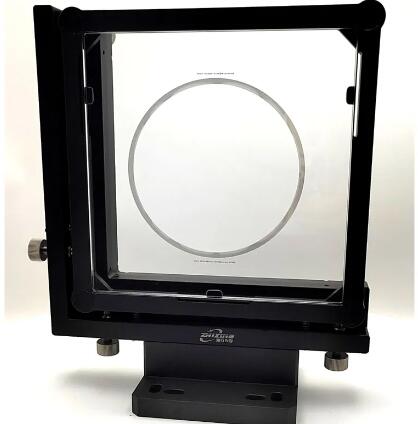Cylindrical Mirrors vs. Flat Mirrors: A Closer Look at Their Differences and Uses
2024-08-10
Mirrors are more than just tools for personal grooming—they're essential components in various scientific and industrial applications. Among the different types of mirrors available, cylindrical mirrors stand out for their unique design and functionality. In this blog, we'll delve into what a cylindrical mirror is, how it differs from a standard flat mirror, and where these differences make cylindrical mirrors indispensable.
What Exactly is a Cylindrical Mirror?
A cylindrical mirror is a mirror with a surface that is curved in only one direction, resembling a section of a cylinder. This curvature allows the mirror to focus or disperse light along a single axis, which is a stark contrast to the even reflection produced by a flat mirror. The specific curvature of a cylindrical mirror can be concave (curving inward) or convex (curving outward), each serving different purposes.
Comparing Cylindrical Mirrors and Flat Mirrors
1. Light Manipulation:
- Flat Mirrors: Reflect light uniformly, maintaining the angles of incidence and reflection, which means the light rays stay parallel after reflection.
- Cylindrical Mirrors: Modify the path of light by focusing or diverging the rays. This characteristic is useful in applications where controlling the direction of light is crucial.
2. Geometric Shape:
- Flat Mirrors: As the name suggests, these mirrors are completely flat, often with a simple rectangular or circular form.
- Cylindrical Mirrors: Feature a curved surface that mimics a cylinder's shape. This curvature is what gives them their unique reflective properties.
3. Optical Effects:
- Flat Mirrors: Produce images that are exact, undistorted reflections of objects, useful for everyday purposes.
- Cylindrical Mirrors: Can create images that are stretched or compressed along one axis, depending on the orientation of the mirror. This ability to alter image shape makes them useful in specific optical tasks.
4. Functionality in Applications:
- Flat Mirrors: Commonly used in everyday environments, such as homes, vehicles, and simple optical devices.
- Cylindrical Mirrors: Essential in more complex optical systems, such as in laser optics, where light needs to be directed precisely, or in imaging systems that require controlled focus.
Where Are Cylindrical Mirrors Used?
- Laser Systems: Cylindrical mirrors are often used to shape laser beams, directing the light in a controlled manner for applications such as cutting, engraving, or medical procedures.
- Optical Devices: Instruments like spectrometers and telescopes use cylindrical mirrors to focus light accurately onto sensors or detectors.
- Projection Systems: In projectors, cylindrical mirrors help direct and focus light to create clear and sharp images on screens.
Why Choose a Cylindrical Mirror?
The decision to use a cylindrical mirror over a flat one comes down to the specific requirements of the application. If the task involves manipulating light to focus it along one axis, a cylindrical mirror is the ideal choice. Its ability to control light in ways that flat mirrors cannot makes it invaluable in many scientific, industrial, and medical fields.
Conclusion
While flat mirrors are familiar to most of us, cylindrical mirrors offer specialized capabilities that are crucial in advanced optical applications. Understanding the differences between these two types of mirrors helps highlight the importance of cylindrical mirrors in fields that rely on precise light manipulation. Whether you're working with lasers, optical instruments, or projection systems, cylindrical mirrors provide the unique functionality needed to achieve your goals.



